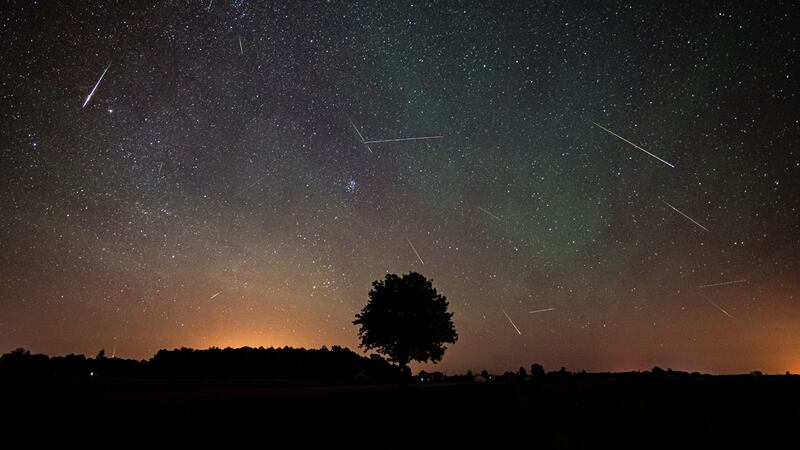Astronomers at NASA told skywatchers to be on the lookout Monday night for the never-before-seen tau Herculids meteor shower, though they are not sure it will even happen.
Astronomers are cautiously predicting a dazzling display of tau Herculids, which has the potential of producing up to 1,000 slow-moving shooting stars per hour.
🤞🏻for a 50/50 possibility of an epic ☄️ shower May 30-31!
— Ranae Holland (@SkeptiScientist) May 28, 2022
The peak time to watch the tau Herculid shower is around 1am ET or 10pm PT Monday night.#getoutdoors #lookup #meteor #NASA #tauherculid
Details: https://t.co/vW8jzIixPi pic.twitter.com/ywDpnUnCVH
Astronomers describe the meteor shower as an “all or nothing event,” according to Bill Cooke, who leads NASA’s Meteoroid Environment Office at NASA’s Marshall Space Flight Center in Huntsville, Alabama.
Cooke says that if the fragments from the source of the meteor shower —comet “SW3″ — were ejected at high speed, a meteor shower should be visible in North America. If the fragments from the comet have slower ejection speeds, none of it will make it to the Earth’s atmosphere.
Potential new meteor shower is 'all or nothing event,' says NASA astronomer https://t.co/sTJPQTO7li
— SPACE.com (@SPACEdotcom) May 25, 2022
On a positive note, a new moon should make conditions ideal to watch the sky show. Peak times for the meteor shower will be 1 a.m. on the East Coast and around 10 p.m. on the West Coast.
As with all meteor showers, viewing is best when there are clear skies and you’re far from the bright lights of the city.
Read more about the comet that is producing the sky show here.
©2022 Cox Media Group








